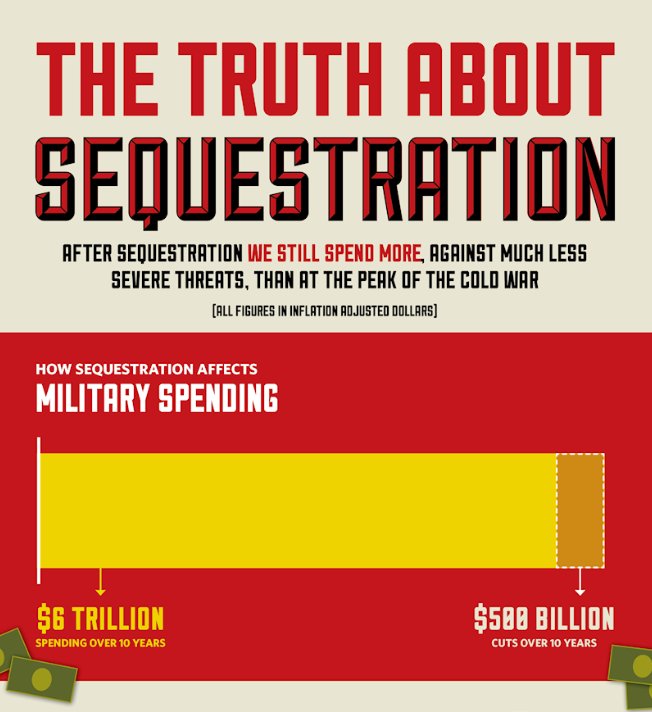Stephen Gordon points out that the “small government” rhetoric from Stephen Harper’s Conservatives is so much hot air:
If asked, the Conservatives will tell you that they favour a smaller government that intervenes sparingly in the functioning of the market, and it’s been pretty well-established that a medium- and long-term goal of the Conservative government has been to reduce the share of Canadian GDP that is taxed and spent by the federal government. But lower taxes and lower levels of spending are not the same thing as a smaller government.
Here are the highlights (sic) of the “Strengthening the Competitiveness of the Manufacturing Sector” section of Chapter 3.2 of the budget plan:
[. . .]
- $920 million to renew the Federal Economic Development Agency for Southern Ontario (FedDev Ontario) for five years, starting on April 1, 2014. Seriously? A
slush fundeconomic development agency for Southern Ontario?- $200 million for a new Advanced Manufacturing Fund in Ontario for five years, starting on April 1, 2014, funded from the renewed FedDev Ontario. More pork to be distributed to firms that enjoy the favour of the government.
- Building on the success of the National Shipbuilding Procurement Strategy, the Government will better ensure that purchases of military equipment create economic opportunities for Canadians by developing key domestic industrial capabilities to help guide procurement, by promoting export opportunities, and by reforming the current procurement process to improve outcomes. The Conservatives can’t even be bothered to sustain the fiction that government procurement should be aimed at obtaining the best value for the taxpayer. Public money is to be spent where politicians want to see public money being spent.
[. . .]
You don’t need a big government to interfere with markets, or to weaken property rights and the rule of law. The decision to forbid shareholders of Potash Corp from selling their holdings to BHP Billiton didn’t cost the federal government a dime. Nor did instructing banks to not offer lower mortgage rates. And then there’s the example of the government’s preference for the clumsy and heavy hand of regulation over more efficient, market-based approaches to reducing greenhouse gas emissions.
I don’t think it’s quite correct to say that the Conservatives want a smaller government. They seem happy to run a government that is as big and dumb as its predecessors — so long as it’s cheap.




